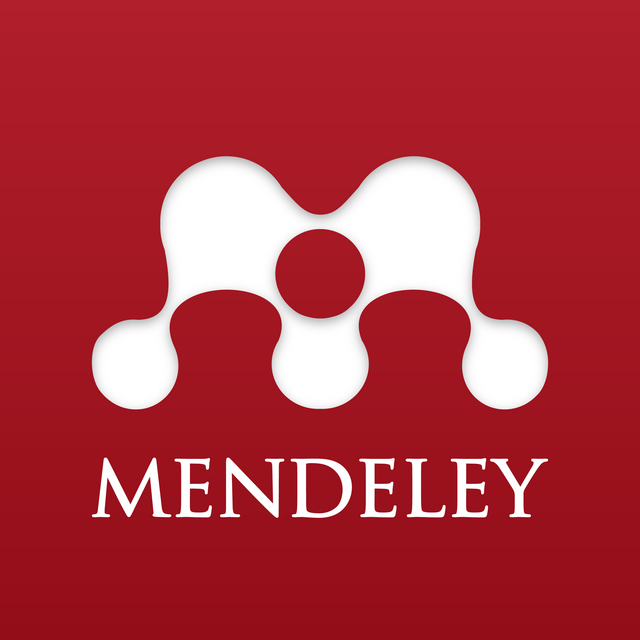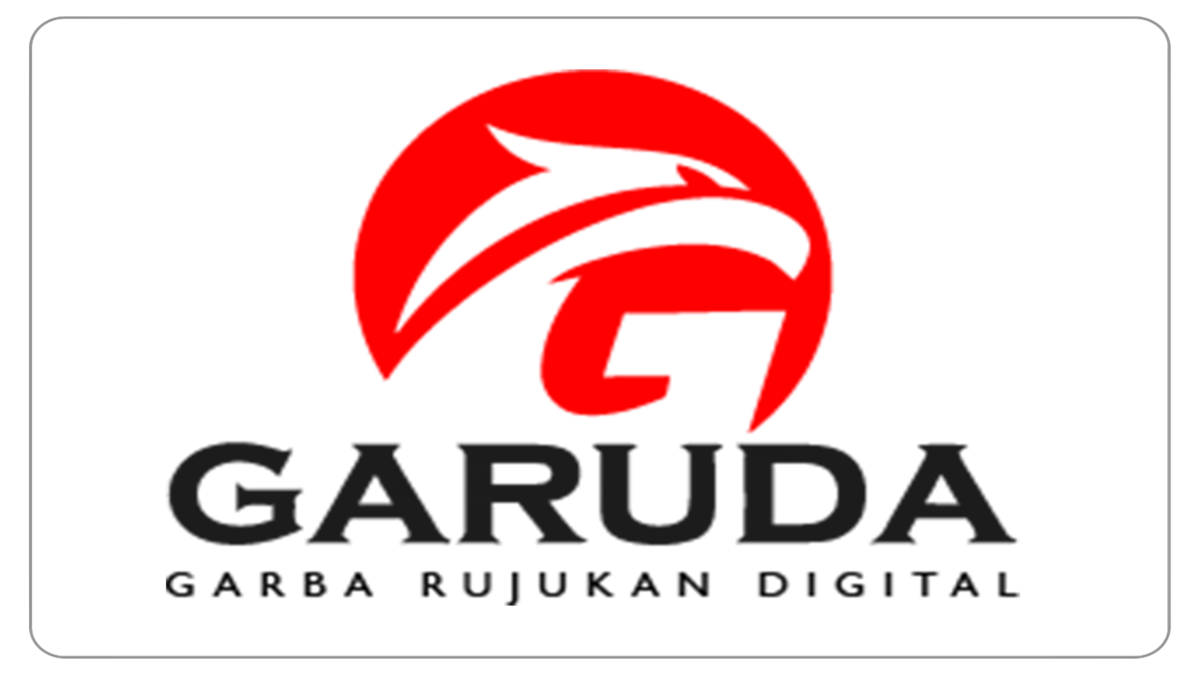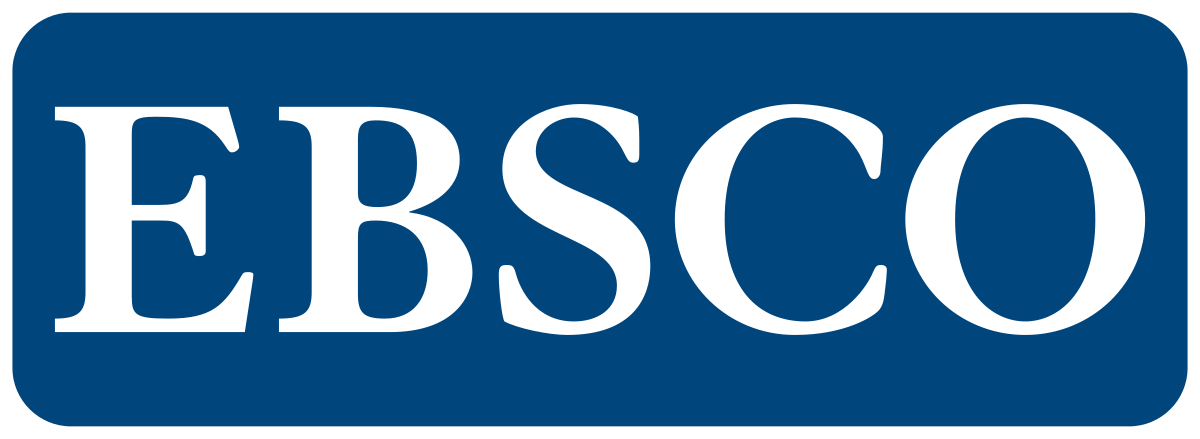Analysis of Procurement and Supply Chain Control of Sugarcane in a Sugar Mill
DOI:
https://doi.org/10.23960/jtepl.v14i5.1935-1947 Abstract View: 74
Abstract View: 74
Keywords:
Economic Order Quantity (EOQ), Inventory control, Sugarcane procurementAbstract
Sugarcane raw material stocks in sugar factories need to be maintained at an optimal level to avoid either shortage or excess situations that ensuring smooth production. This study aims to analyze the procurement mechanism and inventory control of sugarcane raw materials, analyze the trend of sugarcane raw material procurement, and to analyze the inventory control of sugarcane raw materials. Research was conducted at PT PG Candi Baru Sidoarjo. Data was analyzed using descriptive analysis, trend analysis, and Economic Order Quantity (EOQ) analysis. Results of this study showed the procurement mechanism and inventory control of sugarcane raw materials by PT PG Candi Baru. The trend of sugarcane raw materials had decreased every period caused by several factors. The number of economical sugarcane orders in the last year 2023 was 1,491,545,174 tons. The amount of safety stock that must be owned by PT PG Candi Baru Sidoarjo was 234,044.8 tons. The number of reorder (Reorder Point) was 505,761 tons. The optimal total cost of sugarcane raw material inventory was IDR 20,885,934,920.14, while the company policy was IDR 20,998,060,000. It can be concluded that the EOQ method obtained more efficient results with a financial difference value of IDR 112,125,079.86.
Downloads
References
Ahmad, A., & Sholeh, B. (2018). Analisis pengendalian persediaan bahan baku dengan menggunakan metode Economic Order Quantity pada Usaha Kecil dan Menengah (UKM) Dodik Bakery. Jurnal Riset Akuntansi Terpadu, 12(1), 96–103. https://dx.doi.org/10.35448/jrat.v12i1.5245
Akindipe, O.S. (2014). The role of raw material management in production operations. International Journal of Managing Value and Supply Chains (IJMVSC), 5(3), 37–44. https://doi.org/10.5121/ijmvsc.2014.5303
Albasit, H.A.Q. (2019). Penentuan jumlah produksi produk sofa pada IKM Noni Meubel di Banjarasari dengan metode linear programming. Jurnal Media Teknologi, 6(1), 51–66.
Andari, B. (2016). The importance of raw materials inventory supervision for production process. JARES (Journal of Academic Research and Sciences), 1(1), 53–60. https://doi.org/10.35457/jares.v1i1.42
Assauri, S. (2018). Manajemen Produksi dan Operasi. Jakarta: Lembaga Penerbit Fakultas Ekonomi Universitas Indonesia.
Darmawan, G.A., Cipta, W., & Yulianthini, N.N. (2015). Penerapan Economic Order Quantity (EOQ) dalam pengelolaan persediaan bahan baku tepung pada usaha Pia Ariawan di Desa Banyuning tahun 2013. Jurnal Manajemen Indonesia, 3(1). Retrieved from https://ejournal.undiksha.ac.id/index.php/JMI/article/view/4585
Evitha, Y., & Ma’ruf, F.H.S. (2019). Pengaruh penerapan metode Economic Order Quantity (EOQ) terhadap pengendalian persediaan bahan baku produksi di PT. Omron Manufacturing of Indonesia. Jurnal Logistik Indonesia, 3(2), 88–100. https://doi.org/10.31334/logistik.v3i2.615
Fadlallh, A.W.A. (2015). The effect of applying the Economic Order Quantity model in the field of inventory. International Journal of Management (IJM), 6(4), 09–18.
Faradiba, F. (2020). Analisis Data Berkala. Program Studi Pendidikan Fisika, Fakultas Keguruan dan Ilmu Pendidikan, Universitas Kristen Indonesia. http://repository.uki.ac.id/id/eprint/2864
Griffin, R.W. (2016). Management. Cengage Learning.
Handoko, T.H. (2012). Dasar-dasar manajemen produksi dan operasi (Edisi ke-1). BPFE Yogyakarta.
Haritsah, S.N., Suseno, Y.D., & Sunarso. (2019). Analisis pengendalian persediaan bahan baku tebu dengan metode stochastic pada PTPN IX (Persero) PG Mojo Sragen. Jurnal Ekonomi dan Kewirausahaan, 19(4), 558–566.
Heizer, J., & Render, B. (2015). Manajemen Operasi: Manajemen Keberlangsungan dan Rantai Pasokan. Jakarta: Salemba Empat.
Hermawan, I., & Rasbin. (2012). Analisis penggunaan luas lahan tebu dan padi terkait dengan pencapaian swasembada gula di Indonesia. Jurnal Ekonomi & Kebijakan Publik, 3(1), 47–63
Ibrahim, Y. (2003). Studi Kelayakan Bisnis. Jakarta: Rineka Cipta.
Kemenperin. (2015, 8 April). Pemerintah Siapkan Rp 3,5 Triliun untuk Revitalisasi Pabrik Gula BUMN. Diakses dari https://www.kemenperin.go.id/artikel/11599/ghs.
Kusuma, Y.A. (2019). Supply arrangement of raw material and sugar stock to organize overstock risk in warehouse. Journal of Physics: Conference Series, 1375(1). https://doi.org/10.1088/1742-6596/1375/1/012048
Langke, A.V., Palandeng, I.D., & Karuntu, M.M. (2018). Analisis pengendalian persediaan bahan baku kelapa pada PT. Tropica Cocoprima menggunakan Economic Order Quantity. Jurnal EMBA: Jurnal Riset Ekonomi, Manajemen, Bisnis dan Akuntansi, 6(3), 1158–1167.
Hasnawati. (2017). Analisis pengendalian persediaan bahan baku pada PTPN. XIV (Persero) Pabrik Gula Takalar. [Undergraduate Theses]. Universitas Muhammadiyah Makassar.
Okananti, I.A., Sulistiarini, E.B., & Wardhani, A.R. (2019). Pengendalian persediaan bahan baku di IKM Karpet Lipat mengguna-kan metode Min-Max. Conference on Innovation and Application of Science and Technology (CIASTECH), 327–330.
Siahaya, W. (2013). Manajemen Pengadaan Procurement Managament. Bandung: Alfabeta.
Siregar, B., Suripto, B., Hapsoro, D., Lo, E.W., Herowati, E., & Kusumasari, L. (2013). Akuntansi Biaya (2nd ed.). Salemba Empat, Jakarta.
Sujarweni, W.V. (2015). Akuntansi biaya teori dan penerapannya (Edisi ke-1). Pustaka Baru Press.
Sulaiman, F., & Nanda. (2015). Pengendalian persediaan bahan baku dengan menggunakan metode EOQ pada UD. Adi Mabel. Jurnal Teknovasi, 2(1), 1–11.
Unsulangi, H.I., Jan, A.H., & Tumewu, F.J. (2019). Analisis Economic Order Quantity (EOQ) pengendalian persediaan bahan baku kopi pada PT. Fortuna Inti Alam. Jurnal EMBA: Jurnal Riset Ekonomi, Manajemen, Bisnis dan Akuntansi, 7(1), 51–60.
Wibowati, D.M. (2017). Analisis proses pengadaan barang dan jasa teknologi informasi menggunakan supply positioning matrix dan value stream mapping di PT. BZV. [Undergraduated Thesis]. Universitas Widyatama.
Wrihatnolo, R., & Dwidjowijoto, R.N. (2006). Manajemen pembangunan Indonesia: Sebuah pengantar dan panduan. PT Elex Media Komputindo.
Yuliana, C., Topowijono, T., & Sudjana, N. (2016). Penerapan model EOQ (Economic Order Quantity) dalam rangka meminimumkan biaya persediaan bahan baku (Studi pada UD. Sumber Rejo Kandangan-Kediri). Jurnal Administrasi Bisnis (JAB), 36(1), 1–9.
Downloads
Published
How to Cite
Issue
Section
License
Copyright (c) 2025 Erika Aprilia Renata, Teguh Soedarto, Sri Widayanti

This work is licensed under a Creative Commons Attribution-ShareAlike 4.0 International License.
Authors who publish with this journal agree to the following terms:
Authors retain copyright and grant the journal right of first publication with the work simultaneously licensed under a Creative Commons Attribution-ShareAlike 4.0 International Lice that allows others to share the work with an acknowledgement of the work's authorship and initial publication in this journal.
Authors are able to enter into separate, additional contractual arrangements for the non-exclusive distribution of the journal's published version of the work (e.g., post it to an institutional repository or publish it in a book), with an acknowledgement of its initial publication in this journal.
Authors are permitted and encouraged to post their work online (e.g., in institutional repositories or on their website) prior to and during the submission process, as it can lead to productive exchanges, as well as earlier and greater citation of published work (See The Effect of Open Access).
Jurnal Teknik Pertanian Lampung

JTEPL is licensed under a Creative Commons Attribution-ShareAlike 4.0 International License.













